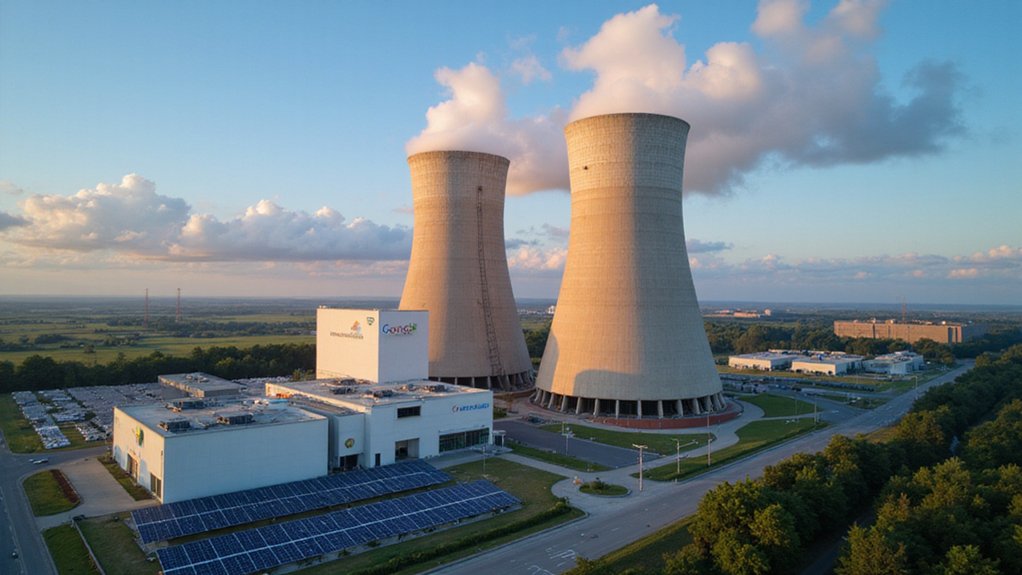Swarms of jellyfish forced the shutdown of four reactors at one of Western Europe’s largest nuclear plants this week, temporarily crippling France’s energy production. The Gravelines nuclear plant, located in northern France between Dunkirk and Calais, experienced what energy company EDF called a “massive and unpredictable” jellyfish presence.
The gelatinous creatures clogged cooling water filter drums at the plant’s pumping stations late Sunday night. These filters serve as the first line of defense against debris and marine life entering the cooling system. Three reactors automatically tripped near midnight when their safety systems detected the blockage.
Jellyfish invasion clogged vital cooling filters, triggering automatic safety shutdowns in three nuclear reactors.
Plant operators took a fourth reactor offline early Monday as a precaution. The two remaining units at Gravelines were already shut down for scheduled maintenance, leaving the entire 5.4 gigawatt facility non-operational. This represents a significant temporary loss to France’s power grid.
The Gravelines facility consists of six pressurized water reactors, each producing 900 megawatts of electricity. The plant draws cooling water from a canal connected to the North Sea, making it vulnerable to marine life intrusions. EDF confirmed that Reactor 6 was the fourth unit taken offline as part of their proactive safety measures.
According to EDF, the shutdown posed no safety risks to personnel, the facility, or the environment. Plant teams immediately began working to clear the jellyfish and prepare the reactors for safe restart.
Marine experts note that jellyfish swarms are becoming more common in the North Sea, especially during warmer summer months. Climate change has extended reproductive windows for jellyfish and accelerated their population growth in temperate seas. Global shipping has also helped spread invasive species through ballast water transfer, including the Asian Moon jellyfish first identified in North Sea waters in 2020.
The jellyfish in this incident aren’t considered dangerous to humans due to their mild or non-existent sting. However, their impact on critical infrastructure highlights an emerging challenge for coastal power plants.
The timing of Gravelines’ return to full operation depends on how quickly workers can clear the intake systems and verify they’re functioning properly. Until then, France must rely on other power sources to fill the gap.
References
- https://thesun.my/world-news/jellyfish-swarm-forces-shutdown-at-french-nuclear-plant-LF14660913
- https://www.hindustantimes.com/world-news/frances-biggest-nuclear-plant-loses-to-a-jellyfish-invasion-101754913622382.html
- https://www.politico.eu/article/jellyfish-shut-down-nuclear-power-plant-france/
- https://www.dailysabah.com/business/energy/jellyfish-swarm-forces-shutdown-of-nuclear-plant-in-france
- https://today.rtl.lu/news/science-and-environment/a/2327892.html









